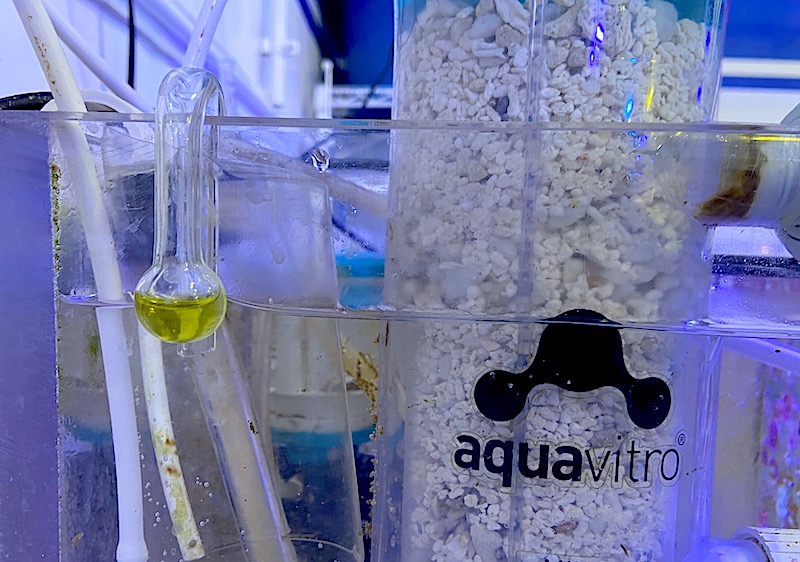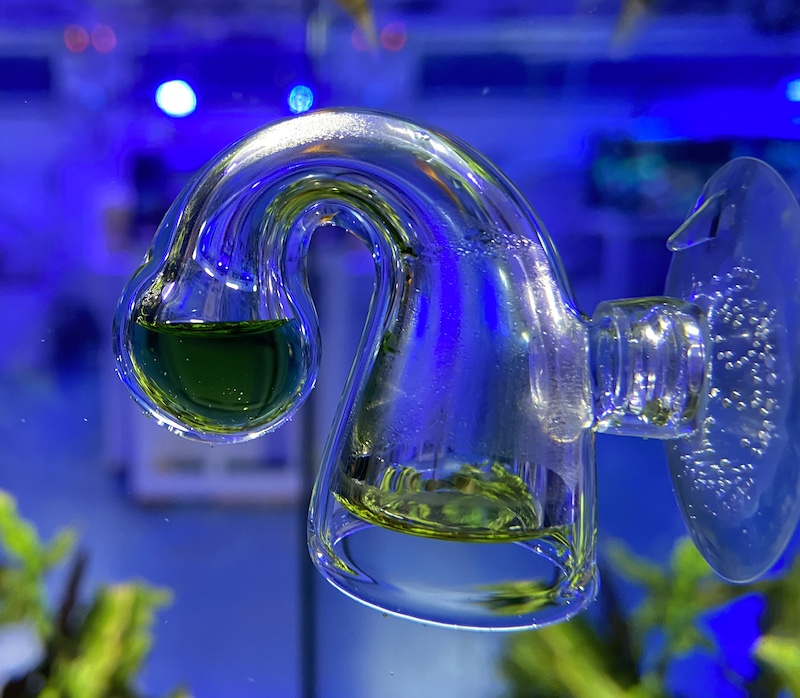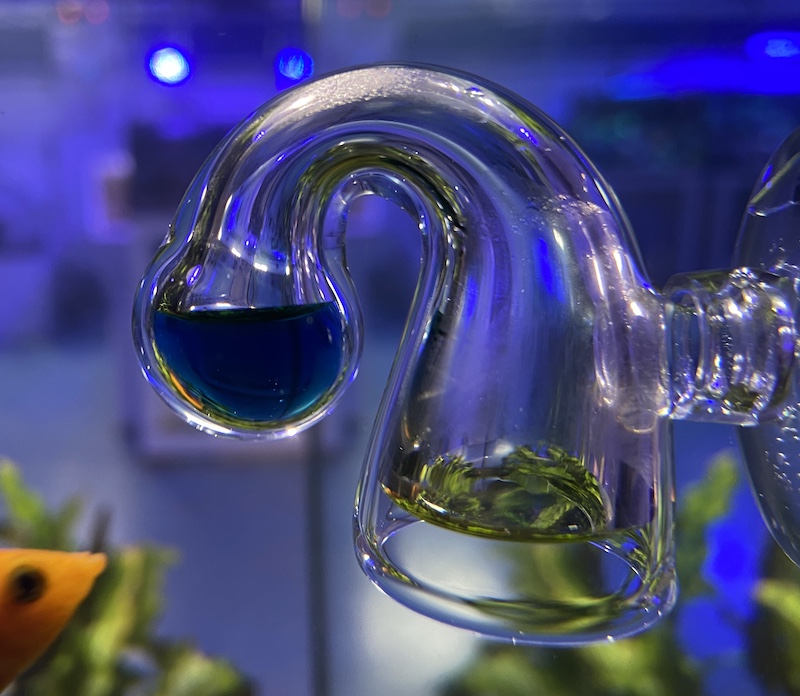If you’ve ever wanted to dip your toes into the world of calcium reactors, you may have thought that the price of a reactor itself is not that bad, but the costs start to add up when you price out a CO2 cylinder, regulator, solenoid valve and full blown pH controller. While you still need a cylinder and a regulator to meter out the acidifying carbon dioxide to the calcium reactor, it’s absolutely not mandatory to have a pH controller with finicky pH probes and solenoid valves.
When calcium reactors first came into popular use in the reef aquarium world, by and large we didn’t even use a controller to regulate carbon dioxide going into the reactor and simply aimed for measurably acidic water from the effluent coming out of it. Alas this simpler way to run a calcium reactor has been all but lost to the automation craze but there is a simple way to monitor the pH of the effluent without any kind of machine.
With the growth in the popularity of planted tanks the aquarium aquascaping scene has developed a simple pH indicator which changes color according to the pH of the aquarium which closely follows the concentration of carbon dioxide in the water. When the water is basic/alkaline the solution is blue, when the pH is neutral the solution will be green, and when it’s acidic the solution will be yellow and this works in both fresh and saltwater applications.
By routing the calcium reactor effluent to a stand alone chamber we can place a glass pH indicator in this effluent chamber and determine at a glance whether the water is alkaline, neutral, or acidic in pH. If you’re first setting up a calcium reactor you’ll want to slowly increase the rate of CO2 bubbling into the assembly until the effluent causes the solution within the pH indicator to turn bright yellow.
We’ve been experimenting with this chemical pH indicator technique to obviate the need for a ph controller and all the failure points that can come with it so we can truly focus on the performance and operation of the calcium reactor itself. Naturally, if we increase the feed rate of water going into the reactor we need to increase the bubble rate a little bit, so it’s not automatic but after a few manual tweaks and some observation of the pH indicator solution the calcium reactor is good to coast for half a year at a time until the reactor is ready for cleaning and refilling with media.





